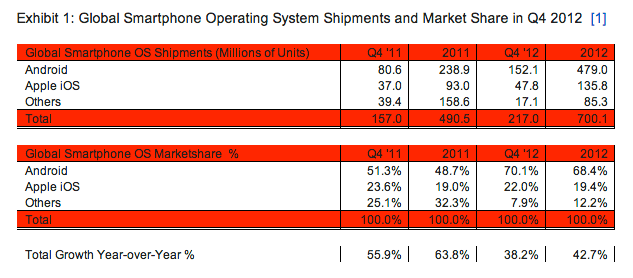“From customer service to app safety and even how its devices affect our relationships, here are 10 things Apple won’t likely tell you about its products and its business.
1. “Our customers are worn out.”
All that initial excitement over the first iPhone or iPad has quickly given way to what analysts are dubbing “upgrade fatigue”—with even Apple’s most loyal customers upset about the steady stream of newer models. In fact, when people buy Apple’s AAPL +2.34% latest product, the company is usually already preparing its replacement, said technology consultant Patchen Barrs, who has owned 25 Apple products over the past 20 years. “Everything we buy from them is already out of date,” he says. Take a count: Since 2001, there have been six iPods, two iPod minis, six iPod Nanos, four iPod Shuffles and four editions of the iPod Touch. Apple has released five iPhone models since 2007 and has had three iPads since 2010.

Reuters
The Apple Inc. logo hangs inside the newest Apple Store in New York.
Of course, newer models have their upsides: They’re usually slimmer, faster and have additional features like better cameras and improved screen quality. And Apple, which declined to comment for this story, has said that such improvements more than justify the fast pace of their new additions. (In March, for example, Apple spokeswoman Trudy Muller said the latest iPad delivered a “stunning” screen display.) But that argument isn’t enough to appease some cash-strapped consumers. Almost 50% of consumers say they’re increasingly unwilling to buy new products for fear that they will be rendered outdated by even newer versions, according to a recent survey of 2,000 people by Marketing Magazine in the U.K.
It doesn’t stop with devices, said experts: Software upgrades also gently nudge people to buy new hardware. Last month, Apple launched a new version of its Airplay software, which virtually connects Apple gadgets and can beam video from computers to Apple TV. But the new Airplay is not compatible with iMacs and MacBook Air computers bought before mid-2011. Some Mac owners expressed their unhappiness online. One irate Mac customer wrote: “I don’t care how much you plan for obsolescence, there is no way that new software should not be backward compatible for at least a couple years.”
2. “Be careful of that app.”
Smurfberries—that virtual red fruit that’s the primary source of nutrition for Smurfs—may sound like cheap fun, but costs can add up. Madison Kay, an eight-year-old from Rockville, Md., unwittingly spent $1,400 buying Smurfberries while playing the game “Smurfs’ Village” on the family iPad, the Washington Post reported. After complaining, Madison’s mother received a one-time reimbursement. These games are available in the App Store and referred to as “freemium.” They’re free to play, but only for a certain amount of time or before reaching a certain level, says Damon Brown, author of several books on tech culture. Under the tutorship of Papa Smurf, players like Madison are given the option to buy Smurfberries to unlock Smurfs and growth formulas to build their own Smurf Village.
3. “We’re getting in the way.”
Checking an occasional Facebook update via iPhone during dinner is the least of some couple’s worries. One in five people reach for their phone as a 21st Century replacement for the post-coital cigarette, according to a recent report from mobile security company LookOut.It’s just one more extreme example of how the smartphone has become a third wheel in relationships, says Ursula Ofman, a New York-based therapist. “People find all sorts of ways to get back to their own personal space, she says. “But clearly it’s a problem if someone wants to check their iPhone in the bedroom.”
Some people’s relationship with their God is also being interrupted by that familiar buzzing sound in their pocket—or the pockets of their neighbors in the pews. One in 10 people check their phones during religious services, another LookOut survey says. “People don’t even tend to think about any of this as a breach of etiquette anymore,” says Chris Young, executive director of The Protocol School of Washington. “They see their phones as an extension of themselves.”
Personal responsibility and manners aside, there are other theories about why people can’t put their iPhone down. “Apple’s products are addictive,” says Larry Rosen, author of “iDisorder: Understanding Our Obsession with Technology and Overcoming Its Hold on Us.” In fact, many users are aware of their attachment to their iPhones. Some 25% of people see their iPhone as “dangerously alluring” and 41% said losing their iPhone would be “a tragedy,” according to a 2010 Stanford University poll….”
Comments »

